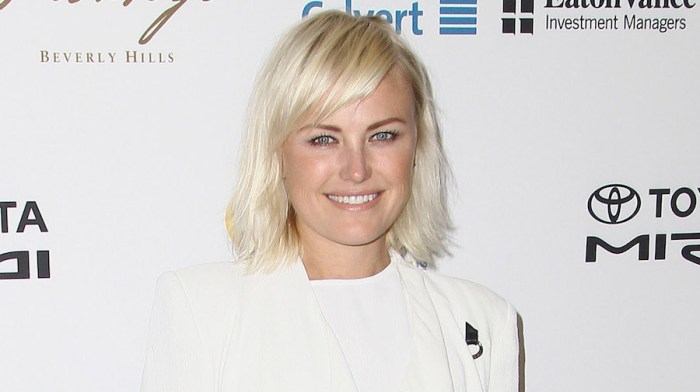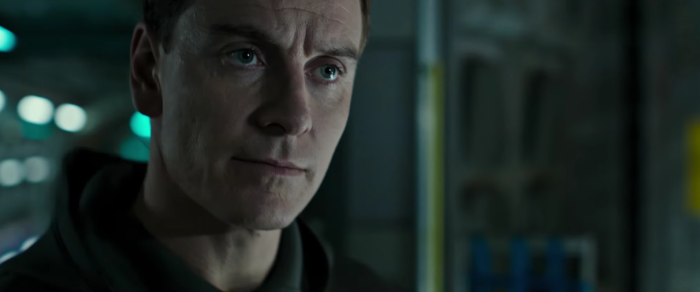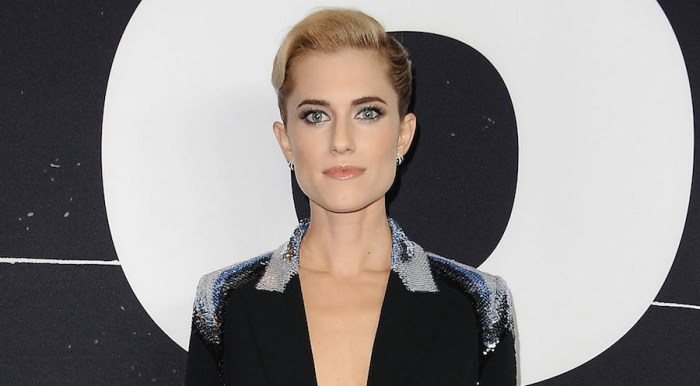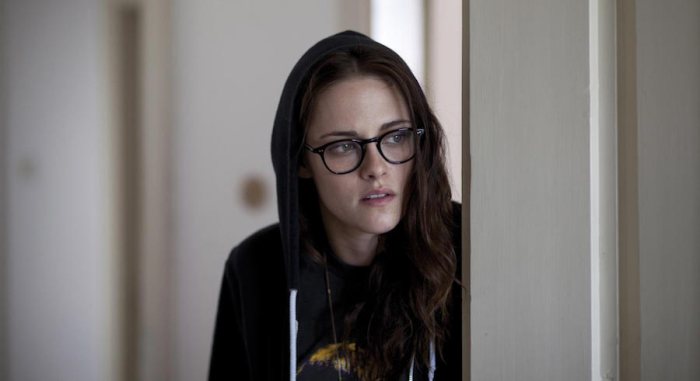Some commentators have wondered why Sir Ben Kingsley was cast a Sikh professor-turned-American cabbie in “Learning to Drive,” apparently unaware of his deep Indian heritage. His father, though born in Kenya, was of Gujarati Indian descent, though that doesn’t mean he knew too much about the culture he was entering. Though Kingsley’s Darwan Singh Tur spends much of the film teaching Wendy (Patricia Clarkson), a divorcing New Yorker, to drive, he also spends much of it in Queens amongst an enclave of Sikhs. It was a world the Oscar-winner was eager to absorb. Did you draw much on your Indian heritage for the role?
I didn’t, really, because it goes back so many generations. It’s been over 100 years since my family lived in India. It goes back too far for me to draw on that. I did have a Sikh driver and bodyguard when I was shooting in India. I remember his dignity and his stillness. I spent about three or four months with him, so I in fact had a Sikh driver for months. Surely that must have influenced me. RELATED: “Learning to Drive” is not another White People Problems movie How much experience did you have with the Sikh culture before getting the role?
Hardly at all. But to inhabit a Sikh as an actor is a profoundly fascinating and rewarding way of examining their culture, because you put their skin on as well as their turbans. You absorb their attitudes. I spent a lot of time with [Sikh advisor] Harpreet Singh Toor, who helped me on with my turban every morning. I very gently, ever so gently chatted away with him — nothing invasive, nothing assertive, and just by osmosis took in his attitude to life. Of course, he’s exiled from India. They’re all exiled. And that’s tough. But they’ve managed to make a wonderful life here. The film has a deep respect for the community, and it avoids condescension as well.
We had a lot of support from the Sikh community in Queens. There is a wonderful temple there that they let us shoot in. I thought that was a wonderful gesture on the part of the Sikh community, as, tragically, the temple was invaded and people did die, in quite recent history, after being mistaken for terrorists. [The temple] serves as an island of calm and order and respect and love and devotion in the sea of the big city. Isobel [Coixet, the director] wants to show a side of New York that is kind and gentle and also very abrasive and frightening. It also doesn’t judge when Darwan participates in an arranged marriage — a part of their culture that can seem very alien to many Westerners.
And you also see another arranged marriage, where [Wendy’s] sister is desperately trying to matchmake. Both families are trying to arrange the emotional life of a family member. There’s very little difference, actually, between sibling pressure and arranged marriage. What were your experiences like walking among them, especially in costume?
Often I was walking with the Sikh advisor or with my assistants in the Sikh community in Richmond Hill. I had to apologize to people because I didn’t speak Punjabi. [Laughs] It was very empowering and affirming to have wonderful people come up and start chatting me. It really made me feel that I got something right, that there was something pretty solid behind my disguise. How’s your driving?
I’m pretty good. I’m driven by drivers to film sets and interviews. But we have a house in Oxfordshire, a beautiful house in the country. I drive around Oxfordshire, but I don’t do the massive freeway driving. That’s all done for me. I enjoy driving, but if I have to read or have a lot to study, it’s far better for me to sit in a car and let someone else drive. RELATED: Guess Ben Kingsley’s worst filmmaking experience It seems that when two actors are sharing a movie together, they have to find some kind of method for working. How did you and Clarkson work things out?
Patricia and I found that we could best serve Isobel and the script by staying in our own bubbles. I stayed in Darwan Singh’s bubble, she stayed in Wendy’s bubble. There was hardly any conversation between takes, hardly any conversation socially. I think I might have had dinner with Patricia, with the director, once. It was a tremendous exercise in not blurring the edges. They come from different worlds and they have different rhythms. To make that work the rhythms have to be separate. It sounds paradoxical but it’s true, and it really pays off. The latter scenes pay off because did remain in our bubbles, then were so close to each other in proximity in that tiny car. It was very intimate and we used that to our best advantage by remaining Wendy and Darwan, rather than blurring those boundaries. It seems people, at least some of them are becoming more tolerant and curious of other cultures. There’s been a great support for, for example, transgender people than there may have been in the past. I hope so! That’s a very optimistic thing you just said. The opposite is happening too, where there’s fear and derision towards whole communities that are completely misunderstood. Let’s see which attitude wins in the end. I’m hoping it’s tolerance.
Ben Kingsley on absorbing the Sikh culture for ‘Learning to Drive’
Follow Matt Prigge on Twitter @mattprigge






















